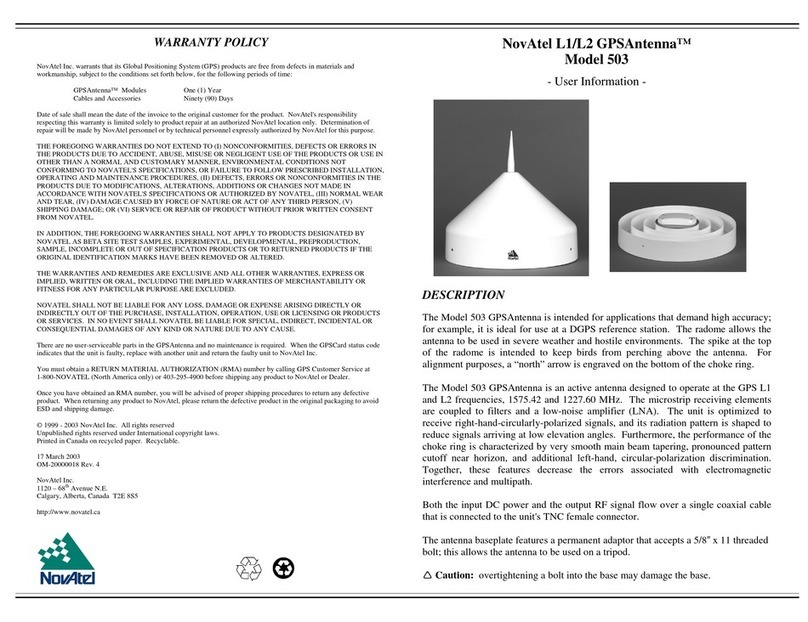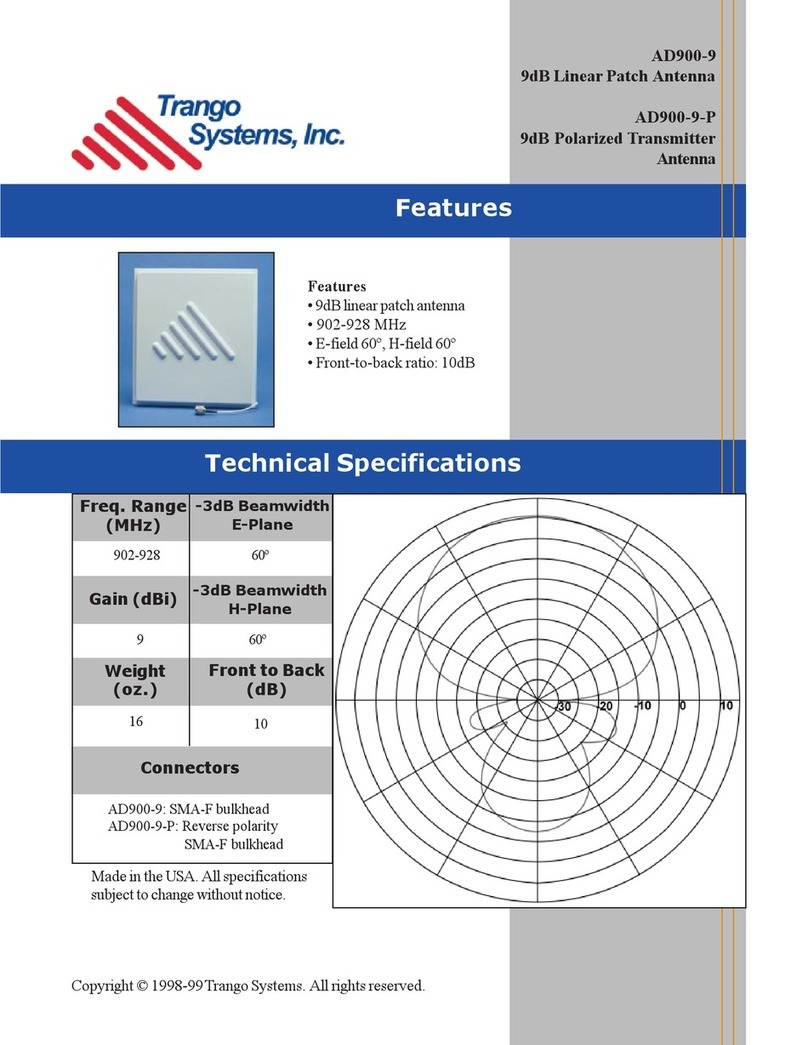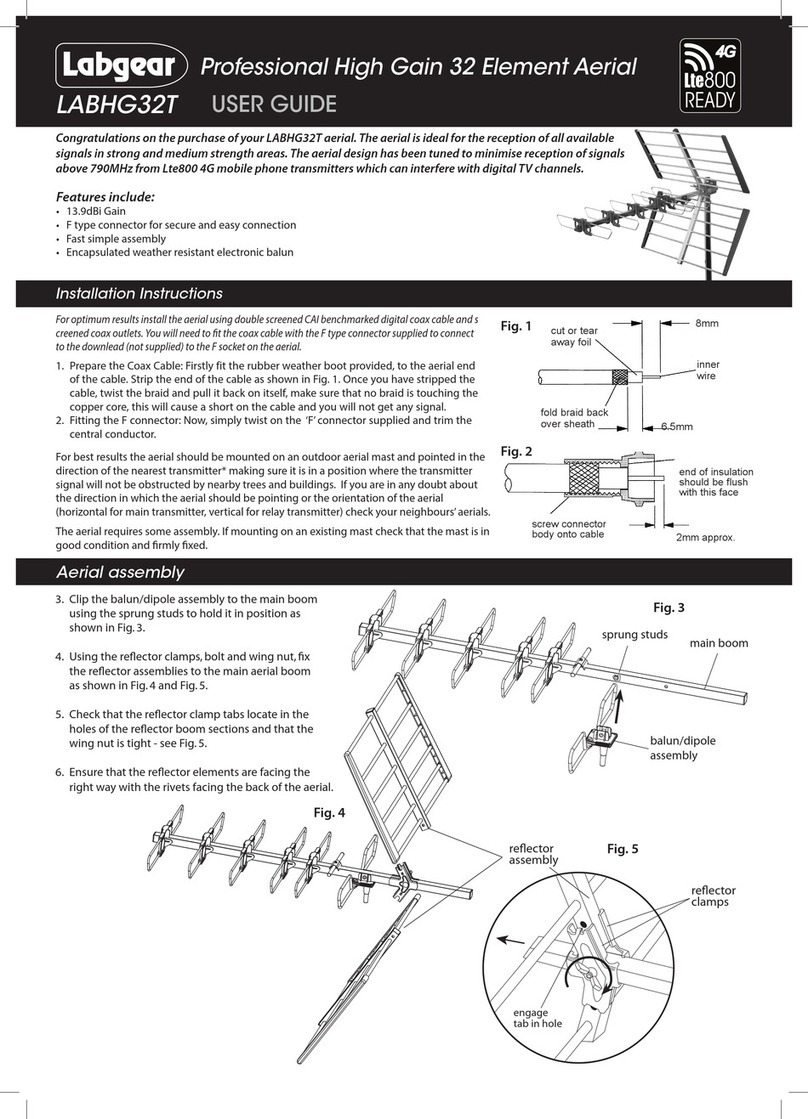Novatel SMART7 User manual
Other Novatel Antenna manuals
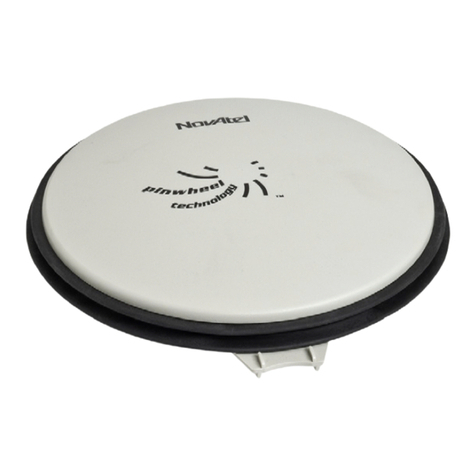
Novatel
Novatel GPS-703-GGG-N User manual
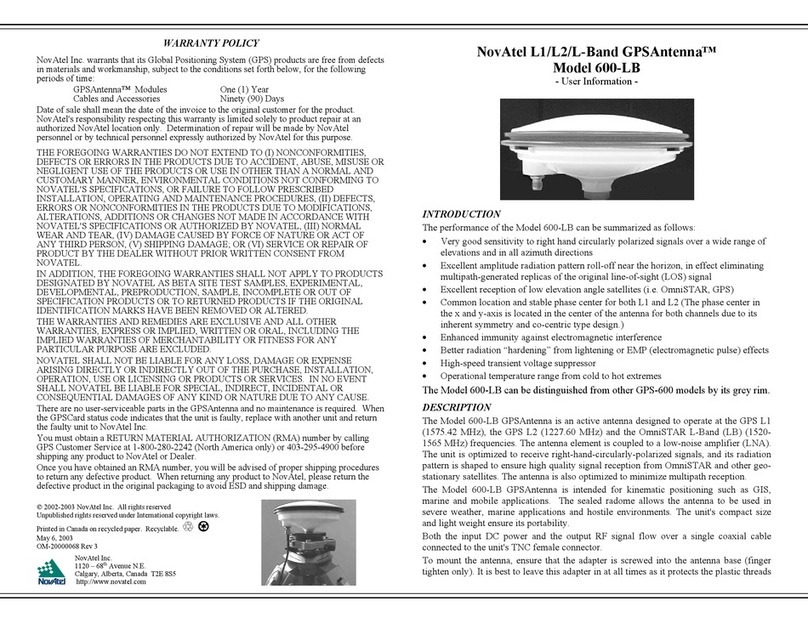
Novatel
Novatel 600-LB Operation manual

Novatel
Novatel ANT-538 User manual

Novatel
Novatel GNSS-750 User manual
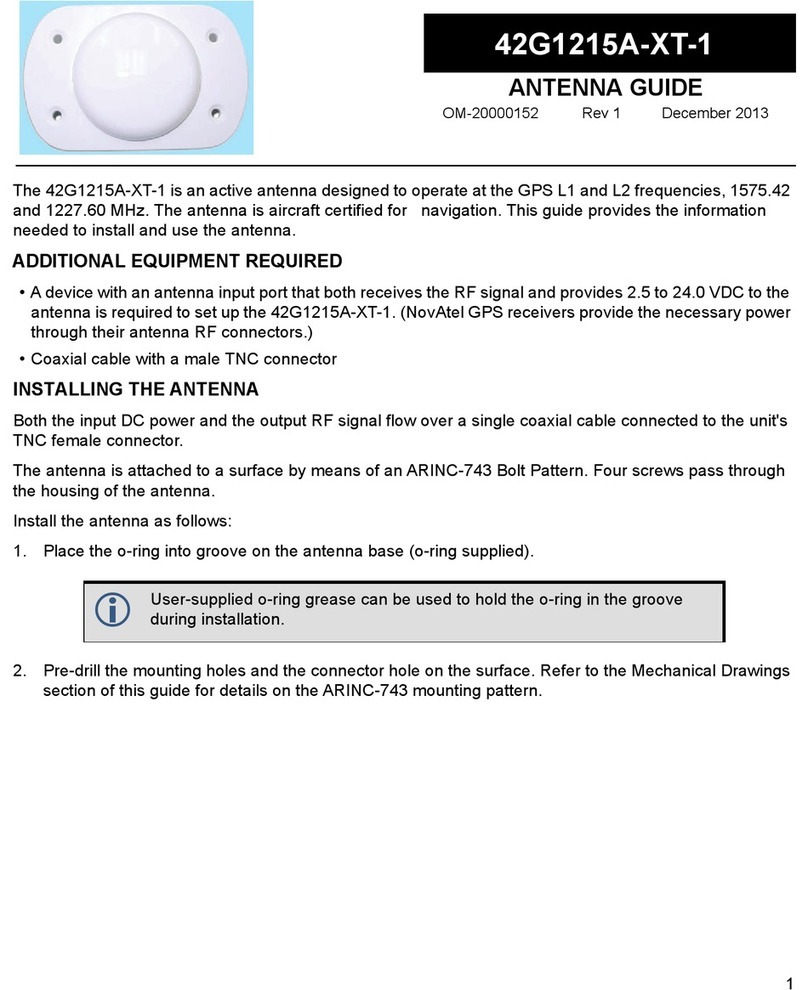
Novatel
Novatel 42G1215A-XT-1 User manual

Novatel
Novatel GNSS-500 Series User manual
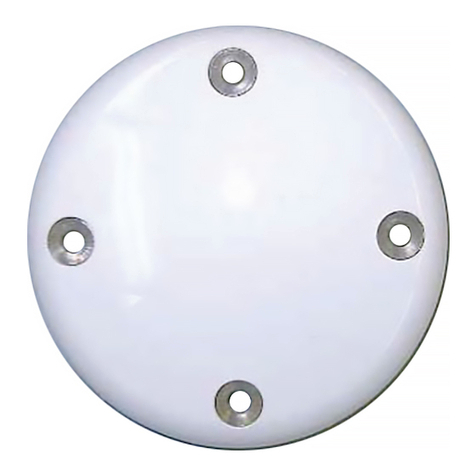
Novatel
Novatel ANT-35C1GLA-TRW User manual

Novatel
Novatel ANT-533 User manual
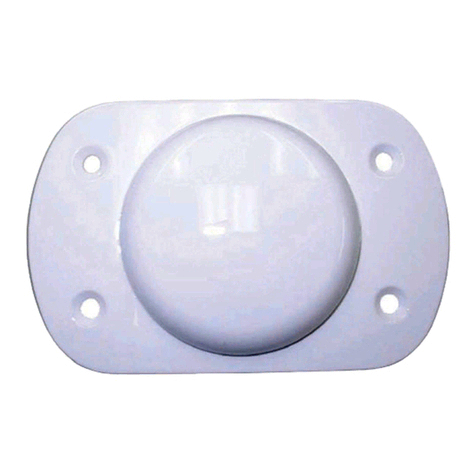
Novatel
Novatel GPS-302L-A40 User manual
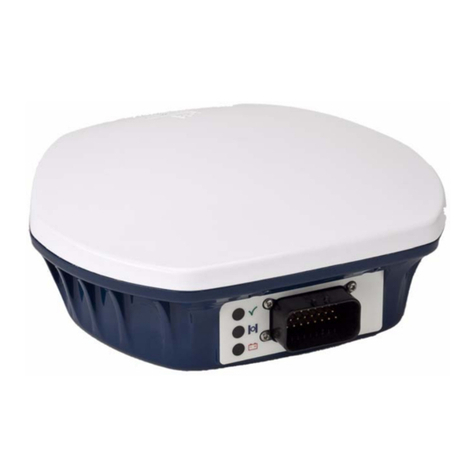
Novatel
Novatel SMART-MR10-RT2 User manual

Novatel
Novatel 42G1215A-XT-1-2 User manual

Novatel
Novatel GPS-301 User manual
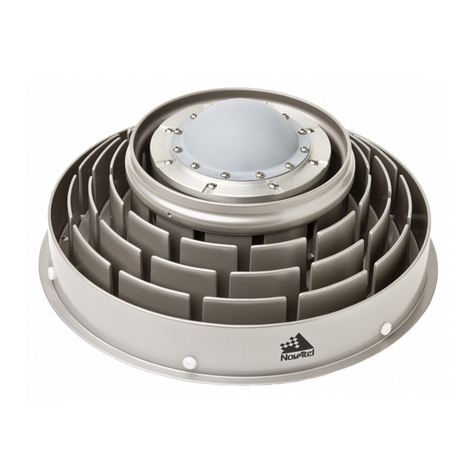
Novatel
Novatel GNSS-750 User manual
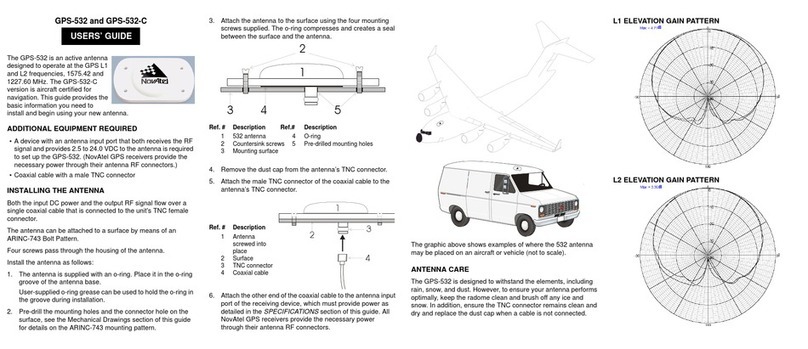
Novatel
Novatel GPS-532 User manual

Novatel
Novatel L1/L2 GPSAntenna 600N Operation manual

Novatel
Novatel GPS-703-GGG User manual

Novatel
Novatel GNSS-750 User manual

Novatel
Novatel ANT-26C1GA-TBW-N User manual

Novatel
Novatel 600 Operation manual

Novatel
Novatel ANT-A71GLA4-TW User manual
Popular Antenna manuals by other brands

Alfa Network
Alfa Network APA-L01 Specifications

Naval
Naval PR-422CA Operation manual

Feig Electronic
Feig Electronic ID ISC.ANTH200/200 Series manual

TERK Technologies
TERK Technologies TV44 owner's manual

Directive Systems & Engineering
Directive Systems & Engineering DSE2324LYRMK quick start guide

HP
HP J8999A instructions

MobilSat
MobilSat MSP-S Mounting instructions

Steren
Steren ANT-UHF 13 instruction manual

Radio Shack
Radio Shack Amplified VHF/UHF/FM Indoor Antenna owner's manual

TRENDnet
TRENDnet TEW-AO12O Specifications
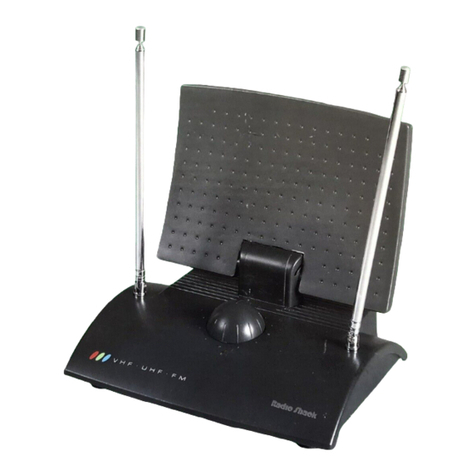
Radio Shack
Radio Shack 15-1837 owner's manual
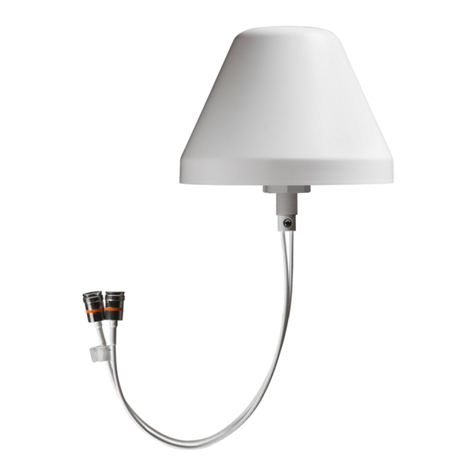
CommScope
CommScope CMAX-OMFX-43M-I53 Installation instruction



